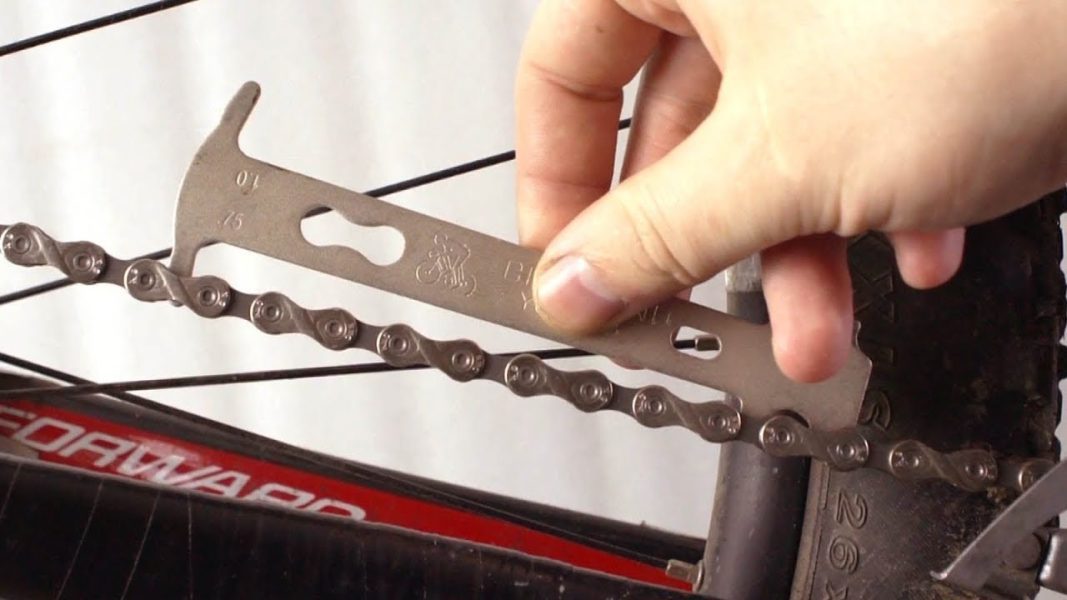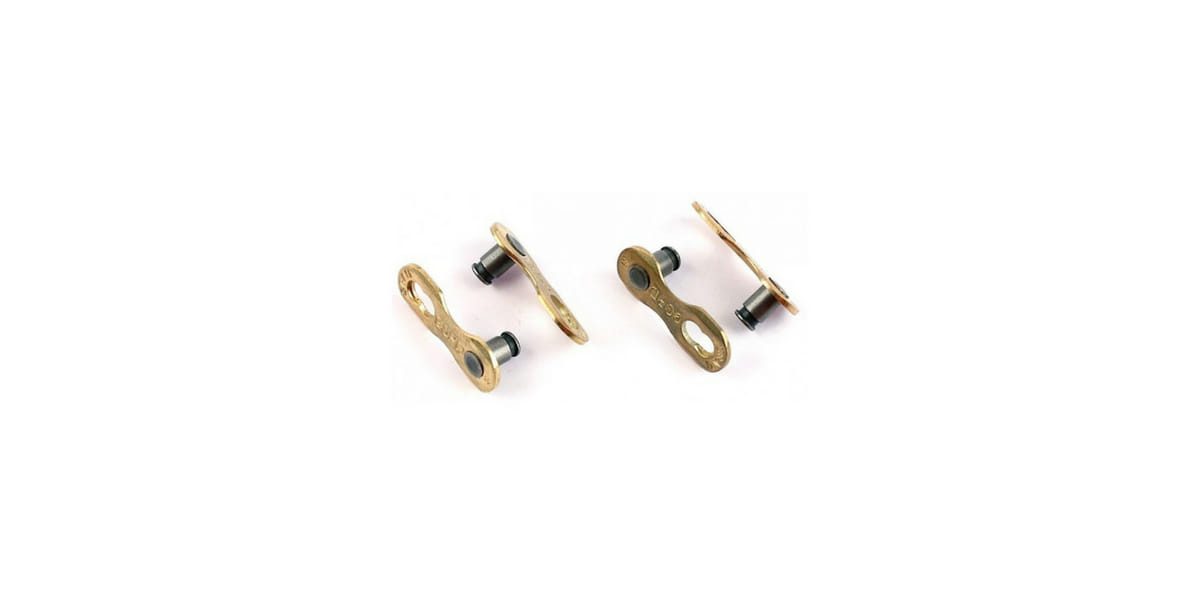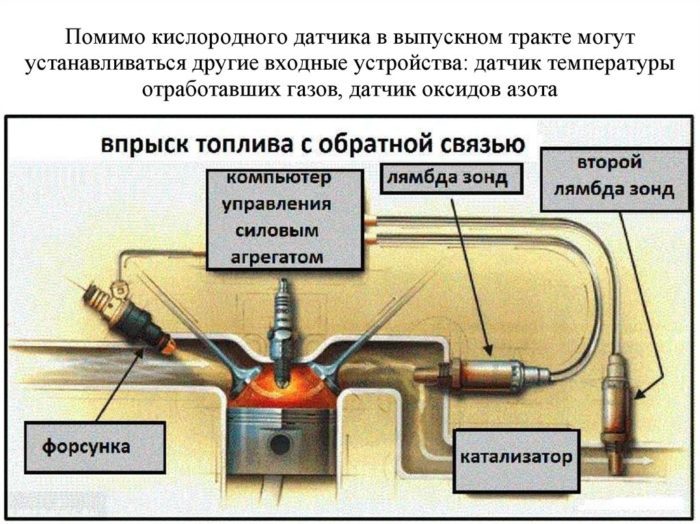
When to change your bike chain?
The chain is a key part of your bike's drivetrain. It is an important component that connects the front of the drivetrain (pedals, cranks and chainrings / sprocket) to the rear (cassette / sprocket and rear hub).
It is through the chain that the power transmitted by your feet to the pedals is converted into forward motion. Therefore, it is very important to have a suitable chain and maintain it correctly.
Modern bicycle chains are called roller chains and are made up of short cylindrical rollers held together by side links. Roller spacing meshes with pinion or chainring teeth to drive the transmission under load.
Most bike chains are made from alloy steel for added strength, but some performance-oriented models can be made with high quality alloy parts or hollow pins / side plates to reduce weight.
What's the chain for my ATV?
The type of chain you need depends on the type of bike and the type of transmission. Chains are available in various widths to fit certain types of bikes such as BMX or different drivetrains on road and mountain bikes to match the sprocket width.
Whatever your bike, chain maintenance is essential. Chains will wear out and stretch over time. A worn chain will damage the teeth of your sprockets or cassette, and replacing the chain is cheaper than a cassette. It is important to keep the chain clean and lubricated to minimize wear and to check the chain length regularly so that it can be replaced if necessary.
Therefore, it needs to be cleaned very regularly. You do not need to disassemble the chain for this, there are very practical cleaning tools that allow you to quickly and without burrs. Guaranteed effectiveness when used with a suitable product (such as a degreaser) or simply with soapy water.
To summarize:
- Clean, degrease
- Dry
- Lubricate (long-lasting squirt)

If possible, you can degrease the chain by disassembling it and soaking it in white spirit for 5 minutes.
To parse it:
- either you have a quick release link (powerlink) and it can be done manually or with special pliers if gripped (like this one)
- or you must have a chain drift to remove the link
When replacing a chain on an ATV, choose one that is compatible with the number of sprockets in the cassette. Indeed, the number of stars on your cassette - 9, 10, 11 or even 12 - is critical to making the right choice. Indeed, tooth spacing varies between cassettes (e.g. sprocket gap will be wider on a 9-speed cassette than on an 11-speed). You need the right chain. The chain for an 11 speed transmission will be narrower than for a 9 speed etc.
Mountain bike chains and cassettes are usually compatible with each other on mountain bikes.
Some chains (eg Shimano) require special rivets to close them. Please note that sometimes old rivets can no longer be used. SRAM chains use a Powerlink quick release link that can be opened and assembled without the need for special tools. This makes it popular and works even for non-SRAM gears.

When to change channel?

All chains have a limited life. Each time a link passes through the teeth of the cassette sprockets, from one sprocket or from one chainring to another, the two metal surfaces rub against each other. Add to that the abrasive paste the grease forms with the dirt as it comes out, and you have the perfect wear recipe.
Chains tend to stretch, causing the transmission to bounce or crack: the chain runs through the sprocket teeth instead of snuggling against the teeth.
When this starts to happen, the chain should be replaced (and possibly also a new cassette and chainrings if the wear is significant).
However, you can proceed proactively using the chain measurement tool (we recommend [Park Tool CC2] https://track.effiliation.com/servlet/effi.redir?id_compteur=12660806&url=https%3A% 2F% 2Fwww.alltricks. Fr% 2FF-11929-outillage% 2FP-79565-park_tool_outil_verifier_d_usure_de_chaine_cc_3_2))) to check for wear. If you do this early enough, you only need to replace the chain, which is more economical than replacing the entire transmission.

Another way, although less accurate if you don't have a tool, is to measure visually. Lean your bike against a wall, turn it side out and make sure your chain is placed on the smaller rear sprocket and the larger front sprocket. Now take the chain between your thumb and forefinger at the 3 o'clock position on the large chainring and gently pull. If the bottom support wheel of the rear derailleur is moving, it's time to replace the chain. However, if you can pull the chain far enough to see all or most of the teeth, it's time to consider replacing the entire drivetrain.

